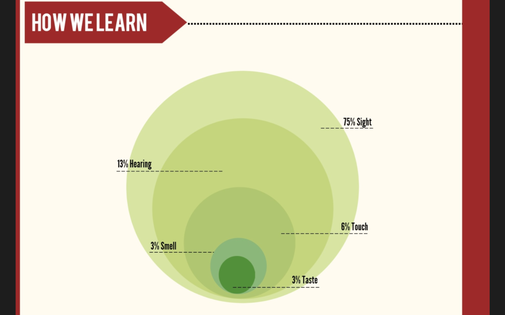|
There are so many different types of classroom display these days, each with different purposes. Some interactive displays that we see are rather impressive, but require a significant amount of time to create. Perhaps the scariest question that looms upon some teachers is “How can I be sure that children will engage with what I have created?” and “Will they really benefit, and learn from them?” It goes without saying that many teachers have a lot of control over what they can put up on their classroom walls and most have fantastic displays on show. Displays of Pupils’ work, colourful homemade artwork and themes covering the curriculum for core topics and subjects. It’s quite amazing to see these displays being so prevalent across classroom walls in schools, but there are some very good reasons for it - and it’s all in the name of science. Did you know that as a teacher, everything you say to a pupil, only 13% will be learnt? Interestingly, we learn things a lot quicker by sight (75% to be exact). This means that it is important to have a visual element to learning such as interactive displays that are engaging, helping to reinforce learning and what teachers have spoken about in the classroom. They also have the benefit of being in the classroom as a point of reference. This is great because we all know how children do not always have the best attention spans, and can sometimes look around elsewhere other than at the front of the class (where they are supposed to). So if they are looking around, it definitely helps to capture their attention with engaging, quality displays in the classroom. They will become familiar with the displays, posters and learning resources throughout the school term, even on a subconscious level.
0 Comments
Your comment will be posted after it is approved.
Leave a Reply. |
AuthorEmma Rylands Archives
March 2019
Categories |

 RSS Feed
RSS Feed